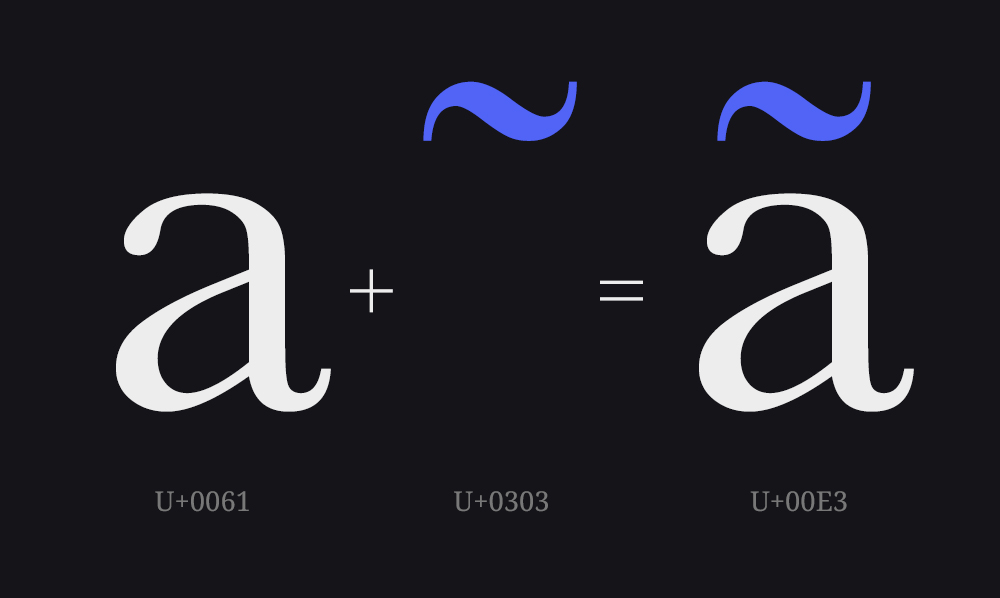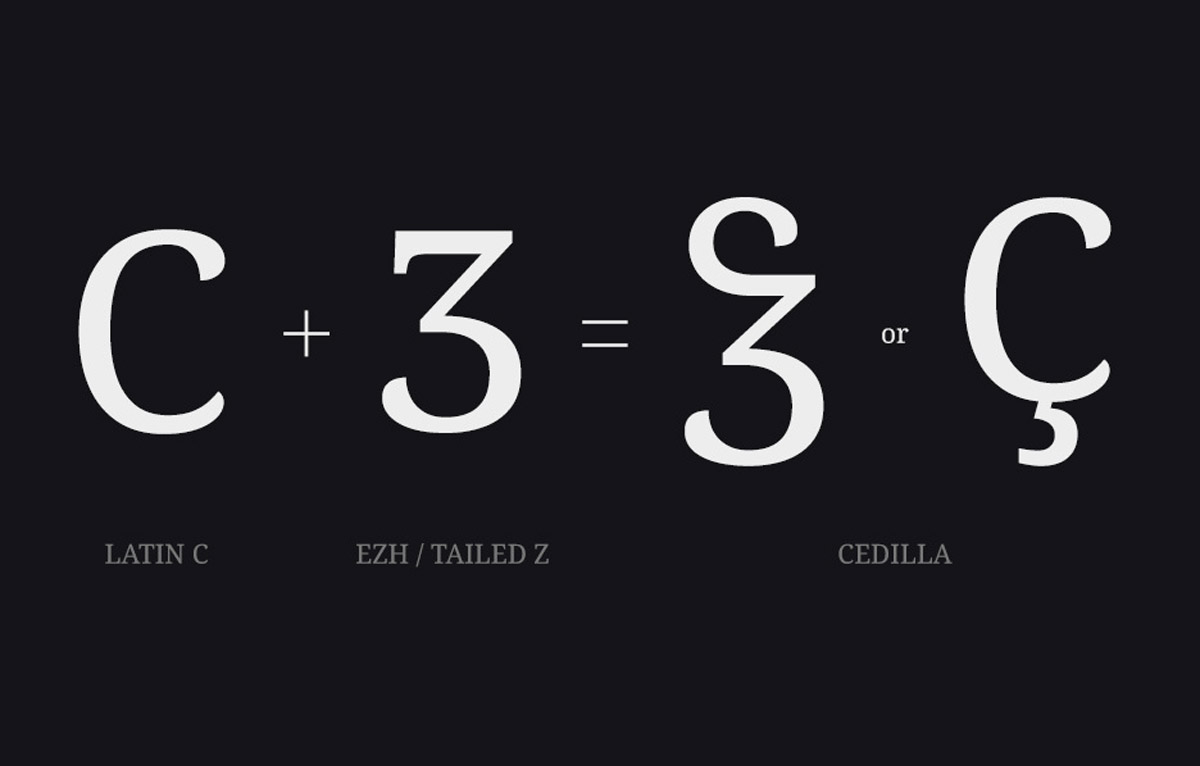Understanding the Tilde in Typography
A Versatile Diacritical Mark with Varied Uses
Every small detail in text can greatly influence its perception and readability. One such detail is the tilde, a diacritical mark that, despite its modest size, holds significant importance in the pronunciation and meaning of words in various languages and typography. This article explores the origins, applications, and typographic importance of the tilde.

An illustration of how a tilde is formed, using Baskerville.
What is a Tilde?
The tilde (~) is a diacritical mark that resembles a small wave or squiggle. It is used in various languages, including Spanish and Portuguese, to indicate specific phonetic features or grammatical functions. The word "tilde" comes from the Spanish term for "title" or "heading," reflecting its role in marking specific letters or sounds.
History of the Tilde
The tilde has a rich history that dates back to ancient manuscripts. Originating from Latin scribes, it was initially used to signify an omitted letter, usually an "n" or "m." Over time, its usage expanded to other languages and scripts, adapting to various phonetic and grammatical needs.
Tilde in Spanish
In Spanish, the tilde is placed over the letter "n" to form the character "ñ," which represents a palatal nasal sound. This sound is essential in Spanish pronunciation and distinguishes words like "año" (year) from "ano" (anus).
Tilde in Portuguese
Portuguese also uses the tilde, primarily to indicate nasalization of vowels. For instance, the word "não" (no) contains a tilde to show that the "a" is nasalized, changing the pronunciation and meaning compared to "nao" (something that does not exist in standard Portuguese).
Tilde in Mathematics and Programming
In mathematics, the tilde symbol can signify approximation, equivalence, or proportionality. In programming, it is often used in various contexts, such as bitwise negation in languages like C++ and JavaScript, or as a shorthand for the home directory in Unix-based systems.
Tilde in Linguistics
Linguists use the tilde in phonetic transcription to denote nasalization, which is a modification of a sound by allowing air to escape through the nose. This diacritical mark is crucial for accurately representing and studying the sounds of various languages.
Tilde in Other Languages
The tilde appears in several other languages, each with its unique application. In Estonian, it can indicate a long or stressed vowel. In Vietnamese, the tilde marks a rising tone, essential for proper pronunciation and meaning in this tonal language.
Modern Usage of the Tilde
Today, the tilde has found new life in digital communication. It is often used informally in text messages and social media to convey a playful or sarcastic tone. Its versatile nature continues to make it a relevant and dynamic symbol in both written and digital forms of communication.
Conclusion
The tilde, though small, plays a significant role in the phonetic and typographic systems of several languages. Understanding its history, usage, and design considerations can help typographers and designers create more accurate and aesthetically pleasing text. As with any diacritical mark, the tilde's proper use and representation are essential for preserving the linguistic and cultural nuances of the languages that employ it.




